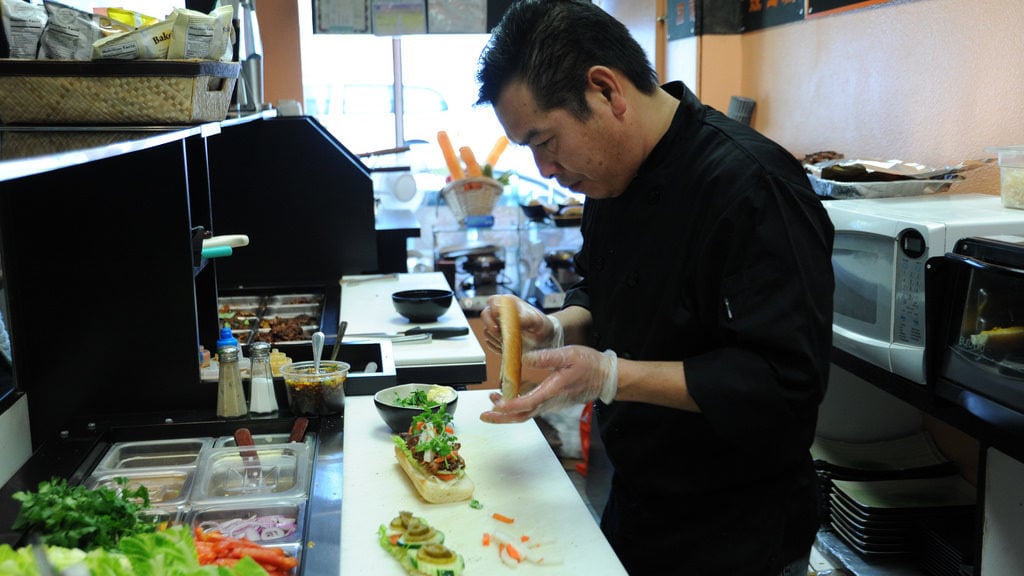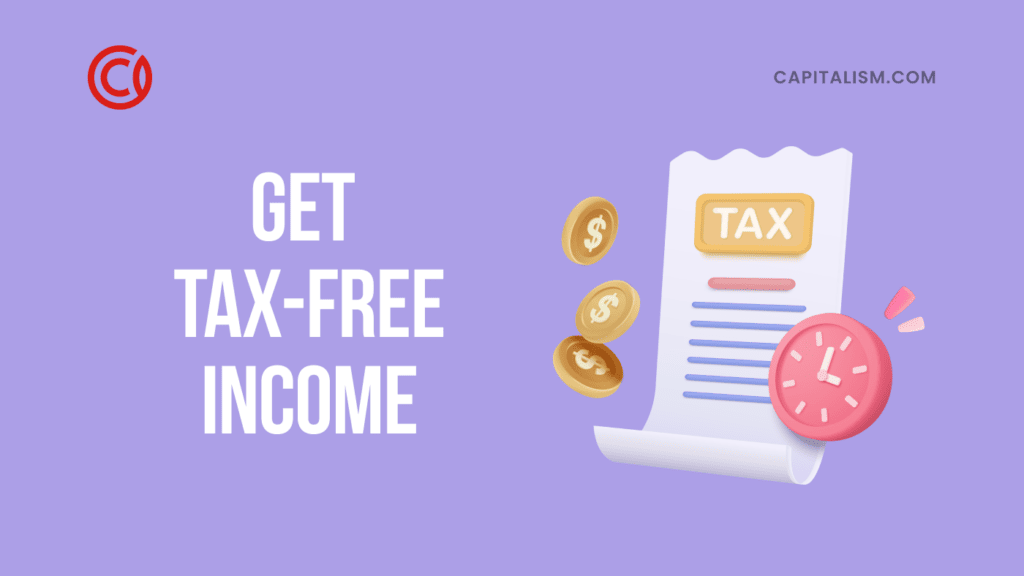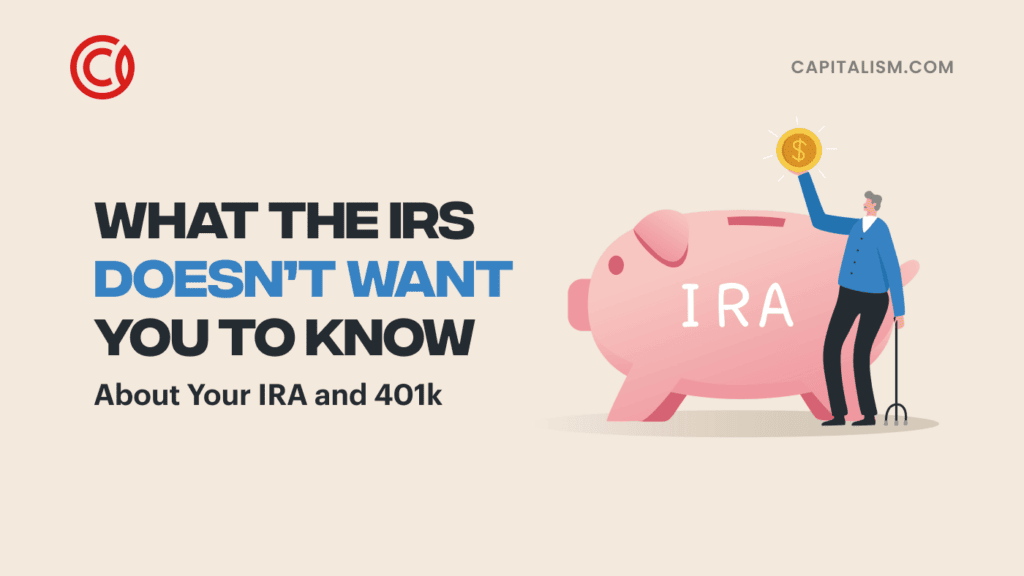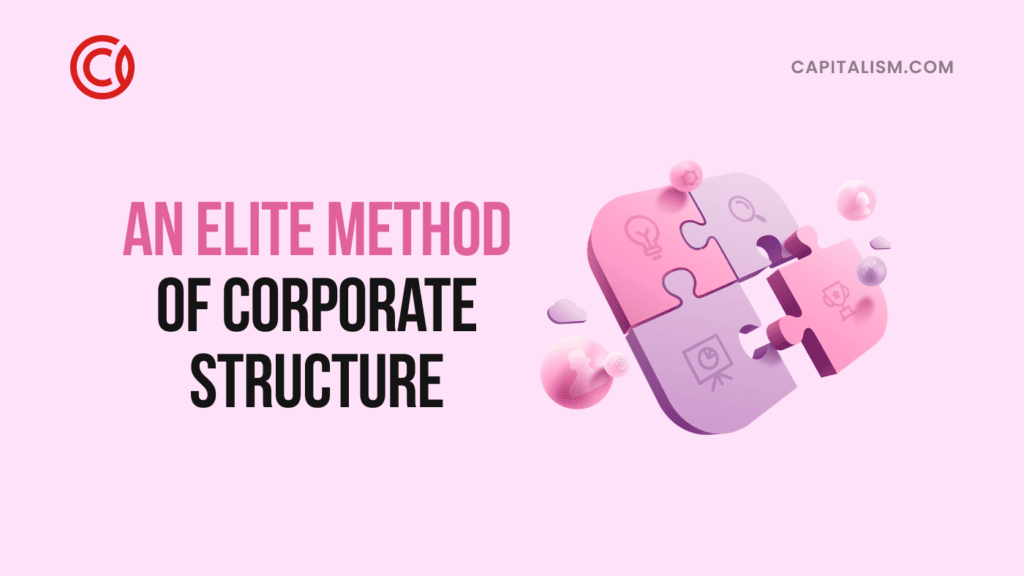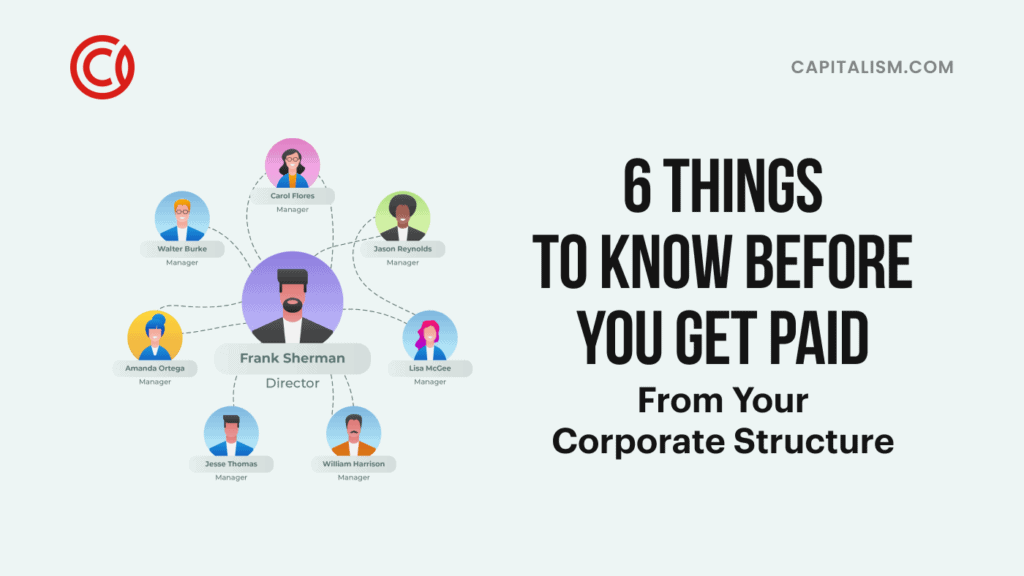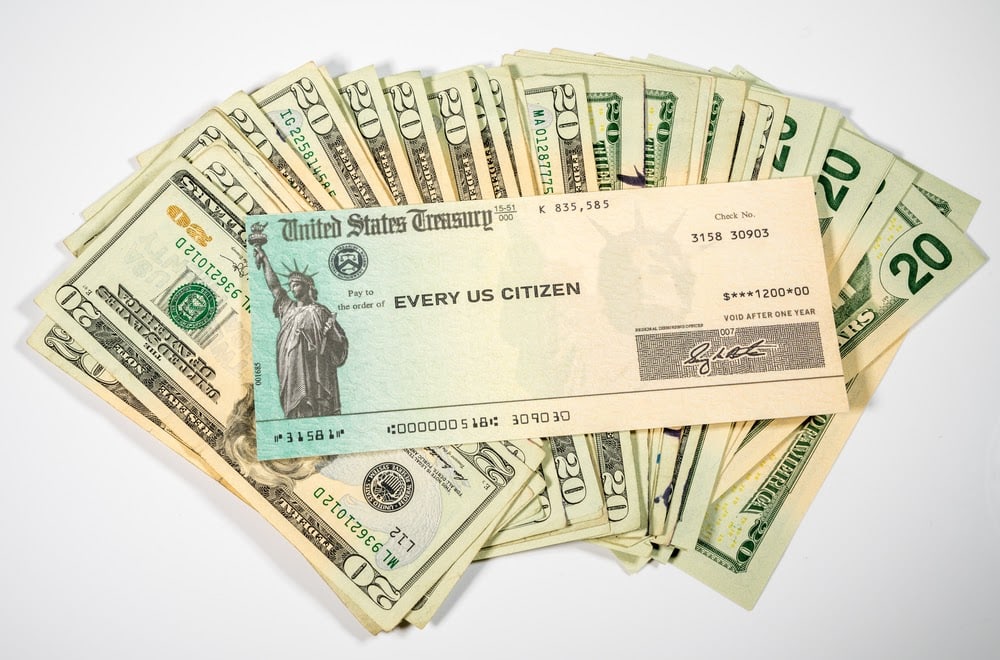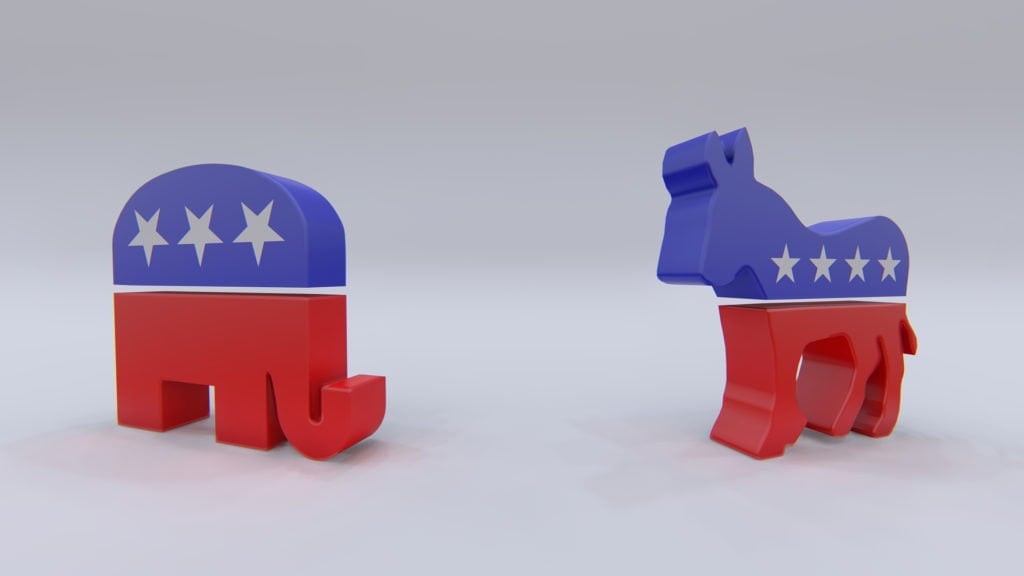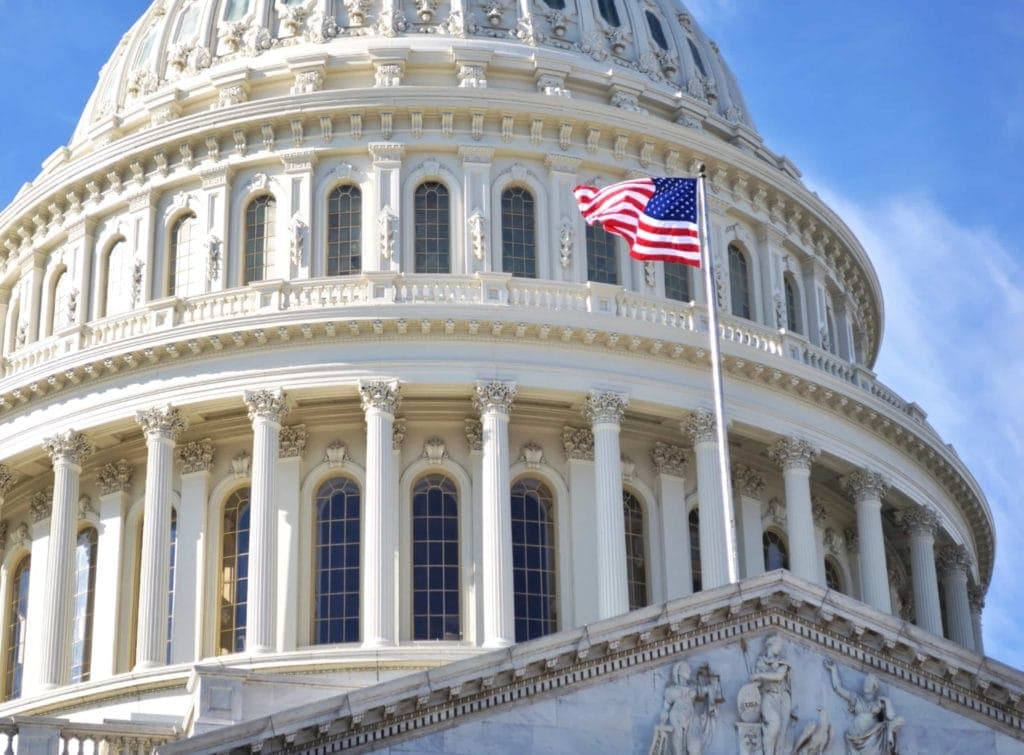We’re constantly bombarded with cries from the media and politicians to raise the minimum wage.
We need a living wage, they say. But you never hear anyone talk about what the minimum wage for entrepreneurs should be.
Looking at the minimum wage debate from this far different perspective allows us to better understand the flaws in their logic.
Let’s explore this further, look at the math, the reality they ignore, and see what conclusions can be drawn by asking the question, “What should the employers' minimum wage be?”
We all know the arguments. The left says lets increase minimum wage so the people at the low end of the economic spectrum have a better quality of life and can begin working their way up.
Why should corporations make billions and their workers struggle to put food on the table?
We’ve increased minimum wage several times in the past and we still have low unemployment.
Increasing minimum wage doesn’t affect unemployment.
The right counters, saying increasing minimum wage will increase unemployment – that it hurts low skilled workers, preventing them from entering the labor force because they can’t produce more than they’d cost an employer.
It’s an endless broken record of tireless debate and intellectual drivel (from both sides.)
The political tug of war continues with decades of stalemate and the workers being labeled as the victims.
But now I’d like to turn the tables, instead of looking at it from the standpoint of the employee. Let’s look at it from the standpoint of the entrepreneur.
Bernie Sanders and his acolytes will point out workers are human and they have rights, one of which is a right to earn a living wage.
I get it. But are the entrepreneurs not human? If the employees have a right to a living wage, don’t the entrepreneurs? They are both human, are they not?
In the eyes of the left, and most Americans, if you own a business you’re rich. Period.
It doesn’t matter what business you own. You could have saved every dime for 30 years in order to buy a Subway franchise, start a clothing store, house cleaning service. It doesn’t matter what the business is, the man or woman who owns it, must be rich.
Therefore these “rich” business owners get the same reputation as actually greedy CEOs and corporations. It’s totally black and white, zero shades of grey.
Employees are always self-sacrificing producers of goods and services. Employers are always lazy, greed-driven producers of nothing, who only pocket extreme markups between input costs and sales prices.
Now, let’s combine this idea with the impression that gross revenue equals profit.
How many times have we heard some one add up the cost of a good or service and say, “That’s $10, and they sell 100 a day, so they’re making a $1,000 a day and $30,000 a month!”?
As entrepreneurs, we understand it’s ridiculous. But we all know the education system as failed our society when so many people actually think this way.
So, under this premise, it’s easy for the left to make such demands. If business owners, entrepreneurs, CEOs are all so rich and greedy, and they make all this “profit,” why shouldn’t they share the wealth with the workers who are struggling? How many Lamborghinis and private jets do they need?
Let’s look at your typical Subway franchise owner - someone most likely affected by an increase in minimum wage.
According to Entrepreneur, 80 percent of Subway owners own just one franchise. They’re most likely going to be your typical owner operator. This may come as a shock to those who want to “feel the Bern” but often the person making your sandwich, or ringing you up, is the owner.
The average Subway grosses $490,000 and runs at a 12 percent margin. Average labor costs are 30 percent to 40 percent. The median cost to starting a Subway is about $188,000.
I’d like to point out the 12 percent margin is based on the research I did, which produced limited specifics on Subway profit margins. That said, I did find multiple sources suggesting “non full service” restaurants had margins of less than 8 percent, so we’ll go with 12 percent to be conservative.
If the Subway owner pockets 12 percent of $490,000, they’re looking at an annual income of $58,800.
They basically risked their hard-earned savings to buy a $50,000 a year job.
Now, let’s assume a Subway worker is making $8 an hour and their pay goes up to $12 an hour because of a mandated increase in minimum wage. At $12 an hour, multiplied by 40 hours a week, at 52 weeks a year, the employee would make $24,960 a year, before taxes. Doesn’t sound too bad.
Let’s not forget the Subway owner/operator, most likely works 60-70 hours a week, far more than his/her employees.
If wages increase by 50 percent ($8 to $12 an hour) the profit of the Subway, or owner operator’s pay, goes from $58,800 to -$26,700.
Please note: not $26,700, but a loss of $26,700.
How could this happen?
Simple. Raising wages from $8 to $12 an hour adds roughly $85,000 to payroll annually. If net is $58,800 and expenses increase by $85,000 you get a loss of $26,700.
What should the employer’s minimum wage be? Should it be more than negative $26,700?
I’d like to point out by looking at real life profit margins, then calculating typical labor costs as a percentage of gross revenue, increasing the labor costs by the amount of the proposed minimum wage increase, then subtracting the increase from the existing profit, will paint a clear picture of what a minimum wage increase does, in reality, to the profit and loss of a small business owner.
What this picture doesn’t paint is the risk premium that must be added to the potential return for the entrepreneur and the amount of hours they work.
If an employee works, they’re guaranteed a paycheck. They have no risk whatsoever beyond what was understood when applying for the job. An employee also knows, going in, what the hours will be and if they have to work additional hours they’ll be compensated.
If the employer works 60 hours a week, they could make zero.
In fact, they could very easily lose money.
Additionally, the employer is putting capital at risk, most often their life savings.
How much more should the employers make considering they’re working far more hours and putting their life savings at risk? If they do succeed, how much more do they deserve than the employee’s who risked nothing?
Moreover, to the very few who do end up making more than their employees (Remember, we only see the businesses that succeed, not the countless that fail), should we demand they pay a higher tax rate because they’re part of the “most fortunate,” as former President Barack Obama liked to say?
My point is, if a Subway owner makes 10 times more than his/her employees, why is that bad? They deserve a premium. If the rebuttal is “Yes, but not 10 times” I’d ask then what? Eight times? Six times?
Who among us are morally upright and wise enough to know what the appropriate amount of profit an entrepreneur deserves?
What should the employers’ minimum wage be? Or, what should their maximum wage be?
Very few on the left or right will ever bother to do this simple math. But if they do, they’ll typically come back with the following:
-
The small business owner will just raise prices.
This is an isolated example and most minimum wage businesses have much higher margins. McDonalds made billions in profits!
Let’s address these individually:
1. Small business owners will just raise prices if an increase in minimum wage squeezes their margins too much. This is true, but this logic can’t stop there. If the U.S. increases the federal minimum wage, it’ll simply increase the input costs of most producers. If the input costs of the producers increase, and the margins are too thin to absorb, the costs to the consumers increase. Of course this creates price inflation.
What you’re left with is wages going up. As a result, the cost of goods and services go up. This makes the wage increase pointless because the purchasing power of the worker is the same as when they had the lower wage.
Put simply, there are only four factors: wages, number of workers, profits, and prices. If wages go up, one of the others has to give. If there’s very little profit, the only other possible outcome is fewer workers, or higher prices.
Therefore, going back to our previous example, an analysis of industry profit margins and a little math will shed light on the real life outcome of a minimum wage increase. No debate. It’s just math.
2. The Subway example is an isolated example. According to the National Restaurant Association average profit margins run between 2-6 percent. And the average profit margin, for a basket of 212 different U.S. industries, is 6.5 percent.
The fact that margins in the U.S., and restaurants in particular, are so low shows there is very little room on the profit side of the equation, regardless of what those on the left would chose to believe.
By taking an employer-centric approach to analyzing the problem, we quickly see the most likely outcome of a federal $12 minimum wage is an increase of prices, which makes the increase in wage only a moral victory, helping the politicians look good, but doing nothing to increase the purchasing power of the workers making minimum wage.
In my opinion, any argument against a minimum wage should be framed simply by asking the person for minimum wage increase what they would do if they were the Subway owner, understanding they have limited options.
Would they reduce workers, increase prices, or decrease the 12 percent margin, considering they’re working 60 hours a week and have their life savings on the line? If they choose the latter, I’d then ask:
What should your minimum wage be?
RELATED:
• $15 Minimum Wage Gives Rise to Job-Replacing Kiosks, Small Business Closures
• How A $12 Federal Minimum Wage Hurts ‘The Engine of the Economy’
• VIDEO: Government Shouldn’t Dictate A Minimum Wage
